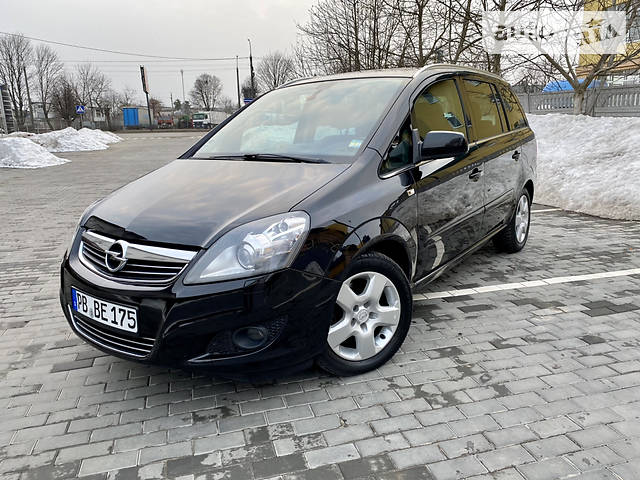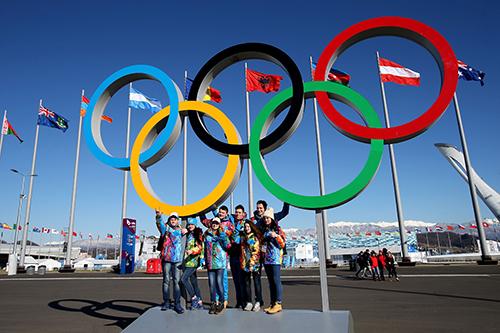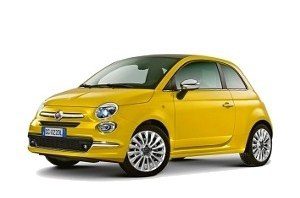
Opel Zafira 1.7 CDTI (92%) Cosmo
You may not even notice that the facelifted Zafira has been in Opel showrooms since this year. The changes intended for her are imperceptible and barely noticeable. The nose is new, including the headlights, grille and bumper, while new, mostly monochrome, are the taillights. Everything else, intended for the eyes of passers-by, remained unchanged. There aren't many changes inside either. The gauges received chrome trim and redesigned dashboard plastic. So we can say that Zafira remains the way we are used to it. With all the good and bad characteristics.
The advantages undoubtedly include the excellent adaptability of the interior. If necessary, it can accommodate up to seven passengers, and if there are fewer of them, say five, you will not even notice the rear seats. Their folding system is very complex, as they go deep into the bottom and form the flat surface of the boot with their backs.
For a less curly shade - the latest rivals also have second-row seats that fold down - there seems to be a bench folding system. It moves longitudinally, which is commendable, and is quite flexible, but when you need more luggage space, you need to move the seat upright and slide it up against the backs of the two front seats. Simple and easy for the user.
Less easy to use is the Opel information system, which is sometimes overly complex due to the illogical combination of buttons to be pressed or their illogical arrangement. It is true that you get used to it after a few days, and when you master it, it becomes much more friendly.
Like a driving position that we can't blame. Some might prefer the driver's seat down or the lights glowing in a different color than the traditional yellow, but these are minor details. This, however, is not the case for the can holders we missed on the inside and the small door mirrors that are too small to help. Especially when reversing. Very sorry. These two things can be thought of by people who have watched the renovation.
Future Zafir owners will undoubtedly benefit more than the new engine we are offering. It is not really new, as the 1-liter diesel has long been known as the Opel diesel, originally with the DTI label and direct injection. Recently, they only enriched it with a common line, pasted the CDTI label on it, increased the power and offered it on the market in two versions (7 and 81 kW).
The idea is cool - the smaller engine can produce the same amount of torque as the 92-litre CDTI in the more powerful 1kW version, and has 9 "horsepower" more power. The problem is different. It only reaches maximum torque at 5rpm when it jerks up to 2.300rpm (though it maxes out at 3.500rpm on the factory rev counter) and is nearly useless in every other area.
Despite the six-speed manual transmission, which, due to shorter gear ratios than the five-speed, should provide more liveliness in the lower range. But no, this is probably because the powertrain is the same as the 1-liter diesel, which one could wish for in an even more powerful version with 9 Nm more torque (40 at the cheaper 320 rpm) and 2.000-foot cavalry. 'more power.
So, if you are thinking of a new Zafira and looking for our advice, then you should go for the tried and tested Fiat 1kW Diesel (9L). According to the factory data, it has less acceleration (88, 12) and a lower trim (2 km / h), but therefore it is more refined and, above all, even cheaper (186 euros) than the equally powerful diesel from Rüsselsheim. shelves (200 CDTI). If you're looking for this in the Corsa, and if the Opel people are reviving the GSI designation at the same time, this might be the right combination to consider.
Matevz Koroshec, photo :? Aleш Pavleti.
Opel Zafira 1.7 CDTI (92%) Cosmo
Basic data
| Sales: | GM South East Europe |
|---|---|
| Base model price: | 25.780 € |
| Test model cost: | 27.170 € |
| Calculate the cost of auto insurance | |
| Power: | 92kW (125 KM) |
| Acceleration (0-100 km / h): | 12,3 with |
| Maximum speed: | 189 km / h |
| Mixed flow ECE: | 5,6l / 100km |
Technical information
| engine: | 4-cylinder - 4-stroke - in-line - turbodiesel - displacement 1.686 cm? – maximum power 92 kW (125 hp) at 4.000 rpm – maximum torque 280 Nm at 2.300 rpm. |
|---|---|
| Energy transfer: | engine-driven front wheels - 6-speed manual transmission - tires 205/55 R 16 H (Bridgestone Turanza). |
| Capacity: | top speed 189 km / h - acceleration 0-100 km / h in 12,3 s - fuel consumption (ECE) 7,0 / 4,8 / 5,6 l / 100 km. |
| Mass: | empty vehicle 1.503 kg - permissible gross weight 2.075 kg. |
| External dimensions: | length 4.467 mm - width 1.801 mm - height 1.625 mm l - fuel tank 58 l. |
| Box: | trunk 140-1.820 XNUMX |
Our measurements
| T = 12 ° C / p = 1.005 mbar / rel. vl. = 53% / Odometer Condition: 1.188 km | |
| Acceleration 0-100km: | 12,0s |
|---|---|
| 402m from the city: | 18,4 years ( 122 km / h) |
| Flexibility 50-90km / h: | 9,4 / 16,1s |
| Flexibility 80-120km / h: | 13,3 / 17,9s |
| Maximum speed: | 189km / h (WE.) |
| test consumption: | 8,2 l / 100km |
| Braking distance at 100 km / h: | 40,4m |
| AM table: | 40m |
evaluation
The Zafira is a family limousine van that fits the role perfectly. Including a sophisticated second row seat and bench folding system (Flex7). Less convincing is the 1,7-liter engine, which went on sale with this year's update. Although it is a more powerful 92kW version, in the Zafira family it is too unpolished and too harsh to make the ride enjoyable for passengers and driver.
We praise and reproach
interior flexibility
rich equipment package
seat storage system
position and appeal
he could not resist drinking
complex information system
small rearview mirrors
narrow engine operating range

